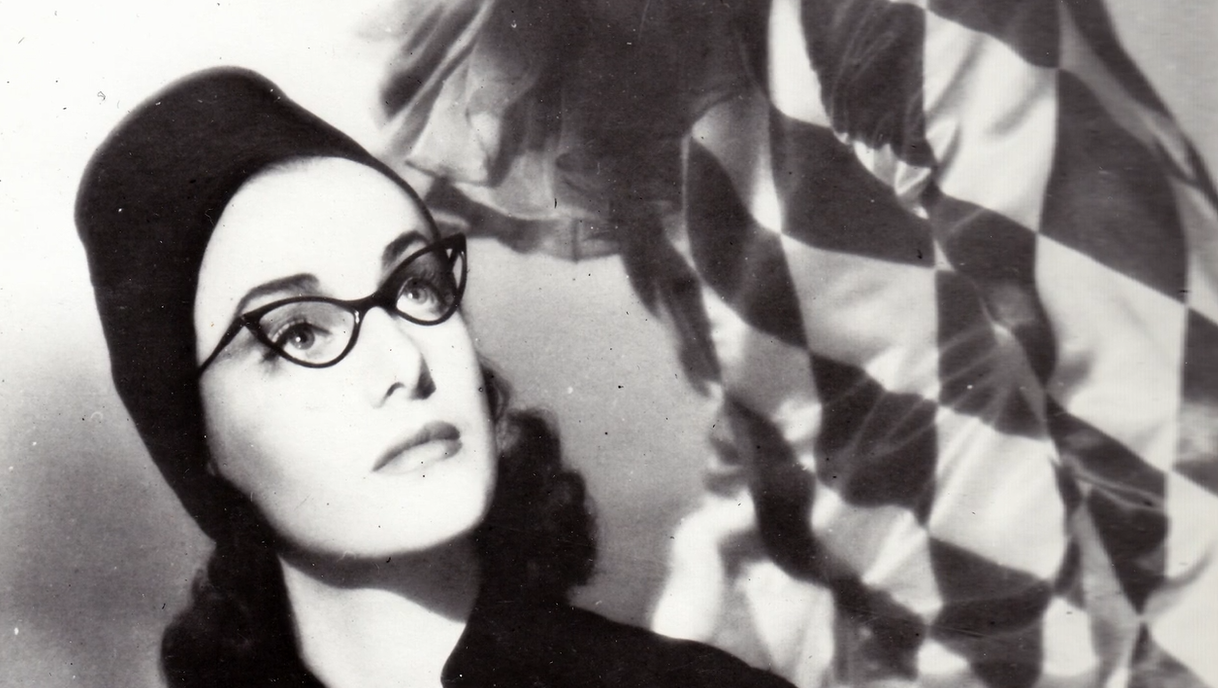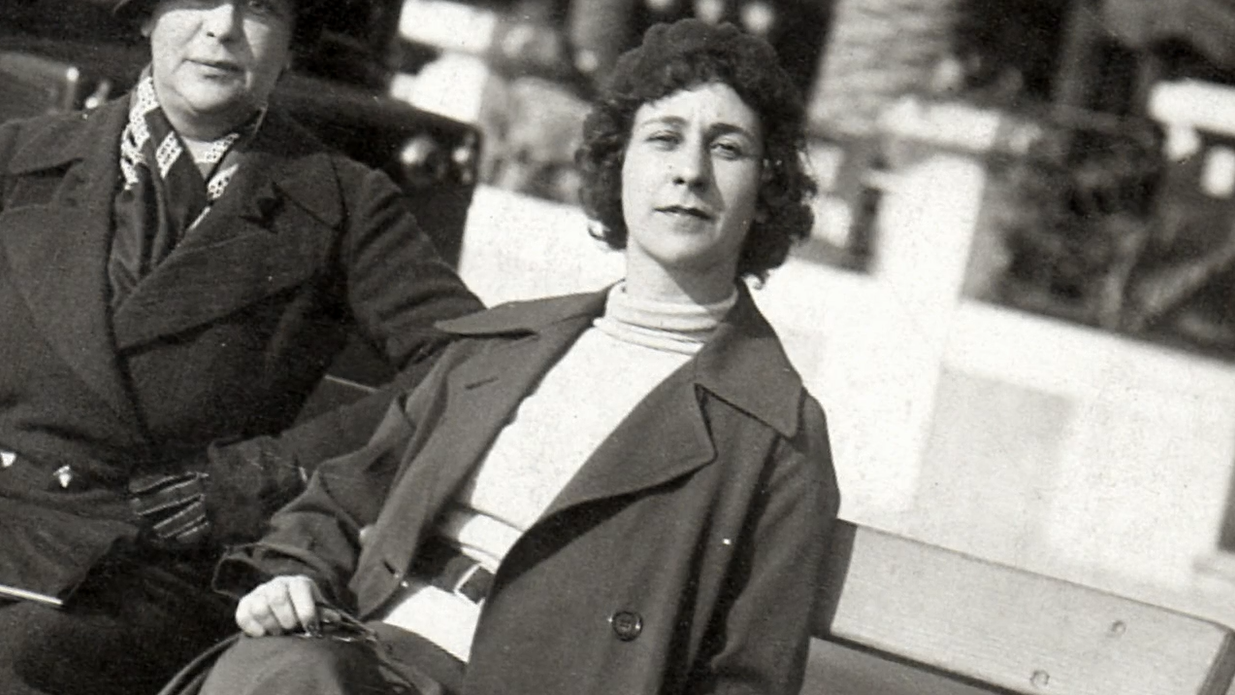Altina Schinasi: The Maverick Behind the Iconic "Harlequin" Eyeglasses
Altina Schinasi’s iconic Harlequin eyeglasses revolutionized design. Will her legacy continue to inspire new generations despite evolving trends in the design world?

Altina Schinasi, an artist, designer, and filmmaker, remains a significant yet often underappreciated figure in 20th-century design history. Best known for her invention of the "Harlequin" or "Cat-Eye" eyeglasses, Schinasi’s work transcended mere aesthetics, challenging societal norms and expanding the boundaries of what design could represent. As her legacy continues to be reassessed in contemporary culture, questions arise about the true impact of her work and how it will be remembered in the evolving landscape of art and fashion.
Schinasi’s most enduring contribution is undoubtedly her creation of the Cat-Eye glasses, a design that has become synonymous with retro-chic fashion. Born in 1907 in Manhattan to a Sephardic Jewish family, Schinasi’s artistic inclinations were evident from a young age. Her breakthrough came while working as a window dresser in New York, where she recognized a gap in the market for stylish, affordable eyewear for women.
Frustrated by the lack of options, Schinasi took matters into her own hands, designing what would become the iconic Harlequin eyeglass frame. Characterized by its upward-sweeping lines and sharp, angular points, the design was initially met with skepticism by optical retailers. However, it quickly gained popularity, embraced by celebrities and fashionable women alike. More than just a fashion statement, these frames empowered women to view eyewear as an extension of their personal style—a radical shift from the purely functional designs that dominated the market.
But Schinasi’s creativity went far beyond the world of eyewear. A true polymath, she also worked as a sculptor, painter, and filmmaker. Her artistic endeavors were deeply intertwined with her concern for social justice and human rights, themes that permeated much of her work. Schinasi’s time in Hollywood, where she mingled with artists and intellectuals, further shaped her worldview and artistic practice.
One of her most notable projects was the documentary "George Grosz' Interregnum," which focused on the German artist George Grosz, known for his satirical and anti-Nazi works. The film received critical acclaim, winning awards and bringing attention to Grosz’s bold commentary on the rise of fascism in Europe. Schinasi’s dedication to the arts and her fearless exploration of new mediums earned her a reputation as a boundary-pusher—an artist unafraid to challenge the status quo.
Schinasi’s Influence on Designers and Her Legacy in Modern Exhibitions

Schinasi’s influence on other designers is undeniable. Her Harlequin frames have inspired countless reinterpretations by fashion brands and designers over the years, including Ray-Ban and Tom Ford. These designers have drawn upon the bold, distinct style of the Cat-Eye frame, a testament to the lasting impact of Schinasi’s innovation. However, this influence raises important questions about the commodification of her work. As these designs are reintroduced to new generations, often as mere fashion accessories, the original intent and cultural significance behind them risk being overshadowed.
Her work has also been preserved and celebrated in various exhibitions and retrospectives, further solidifying her legacy. Her eyeglasses are featured in collections at the Museum of Modern Art (MoMA) in New York and the Victoria and Albert Museum in London, where they are recognized as significant contributions to design history. Retrospectives, such as one held at the Smithsonian Institution, have showcased not only her eyewear but also her diverse body of work, including film and sculpture, providing a comprehensive view of her artistic impact.
While Altina Schinasi’s work has been widely celebrated, it is essential to examine how her legacy has been shaped over time critically. The Harlequin eyeglasses, once a symbol of empowerment, have become ubiquitous in modern fashion, often stripped of their original context. This commodification exemplifies the broader issue of how commercial interests can dilute the cultural and historical significance of artistic designs.
Moreover, Schinasi’s multidisciplinary approach—spanning design, film, and fine arts—has not always been fully appreciated. In a world that often rewards specialization, her wide-ranging pursuits might be seen as a lack of focus, potentially diluting the impact of her contributions. This tension reflects a broader issue within the art world, where market forces dictate which aspects of an artist’s work are celebrated and which are marginalized.
As the fashion industry continues to embrace her designs, often without proper attribution, we must ask: Is this a tribute to her genius, or does it represent a commodification that strips away the deeper meanings embedded in her work? This question is particularly relevant in today’s market, where the lines between art, fashion, and commerce are increasingly blurred.
Schinasi's legacy, encompassing everything from her Harlequin eyeglasses to her fearless explorations in film and sculpture, continues to inspire debates about innovation and commercialization in the art world. As the boundaries between art, fashion, and social activism blur, her work remains a touchstone for modern creators. For those seeking deeper insight into her life and multifaceted career, the documentary Altina, directed by Peter Sanders, offers a comprehensive exploration of her contributions and enduring influence on 20th-century art and social justice.
ART Walkway News





